Mental Wellbeing
All cattle deserve to be happy. Loving your cattle and learning to understand their needs will help you identify the things you must do to give them positive experiences and prevent them from feeling worried, upset, frightened and stressed.
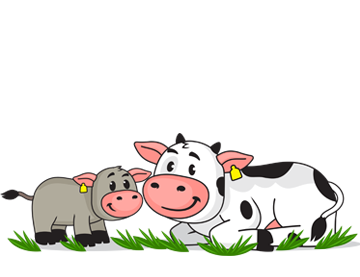
Did you know that there is a special law protecting animals?
This law is called the Animal Welfare Act. The Animal Welfare Act outlines how people must take care of and act towards animals in New Zealand. The Ministry for Primary Industries (MPI), the Police and SPCA work together to make sure people in New Zealand follow these laws.
Under the Animal Welfare Act, all animal guardians (owners) are responsible for making sure the welfare needs of animals in their care are met. Learning about the Five Domains helps us to understand these welfare needs and how we can make sure we provide these. One of the Five Domains is Mental Wellbeing. In this section you will learn about this domain and how you can make sure your cattle have positive experiences and are receiving the love, understanding and companionship they need for their mental wellbeing.








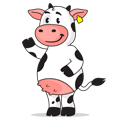










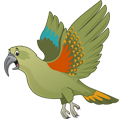

 Cattle are social, herd animals and therefore, need other cattle around them to feel safe and happy. This means your cattle will need cattle friends to stay happy.
Cattle are social, herd animals and therefore, need other cattle around them to feel safe and happy. This means your cattle will need cattle friends to stay happy.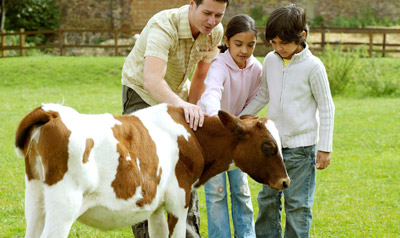 The earlier and younger cattle are when you start to train them, the easier it will be. As cattle get older, it can become slightly harder to make them feel less afraid of you and other new things. With positive reward based training and gentle handling, your cattle can learn to trust you.
The earlier and younger cattle are when you start to train them, the easier it will be. As cattle get older, it can become slightly harder to make them feel less afraid of you and other new things. With positive reward based training and gentle handling, your cattle can learn to trust you. Cattle have very good memories and will remember things that have happened to them, both positive and negative, which is why training requires gentle handling at all times.
Cattle have very good memories and will remember things that have happened to them, both positive and negative, which is why training requires gentle handling at all times. Like sheep, cattle have a wide field of vision because their eyes are on the side of their head. This means they can see nearly all the way around them.
Like sheep, cattle have a wide field of vision because their eyes are on the side of their head. This means they can see nearly all the way around them.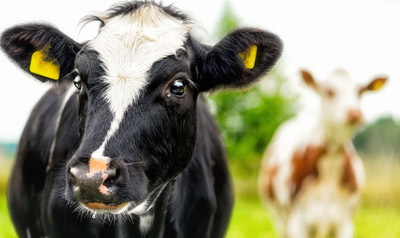 Cattle have very good hearing and can hear things that we humans can’t hear. Due to this fact, cattle are very sensitive to noises and can become anxious if noises are too loud, or at a high frequency.
Cattle have very good hearing and can hear things that we humans can’t hear. Due to this fact, cattle are very sensitive to noises and can become anxious if noises are too loud, or at a high frequency.








